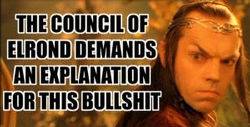Im trying to make a decision on lighting for a micro grow 1ftx 3ft space. I’m using 4 23w 1500lm flouro. Most of all for the seedlings (if the bloody things germinate!) But whnt to know if I put a few more bulbs in the cabinet for both veg and flouro will it only effect the harvest ( and in what way) or does it impede the growth of the plant.
How can one tell what light spectrum is being emitted by a light.
How important is the spectrum of light to the grow.
How can one tell what light spectrum is being emitted by a light.
How important is the spectrum of light to the grow.






